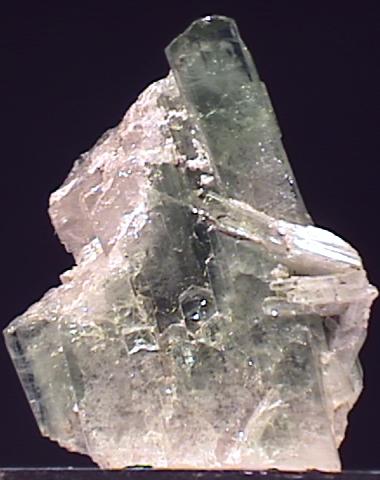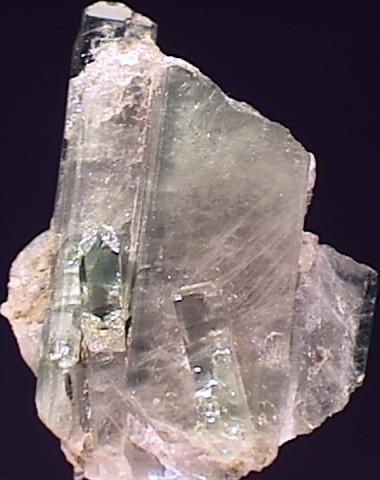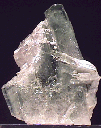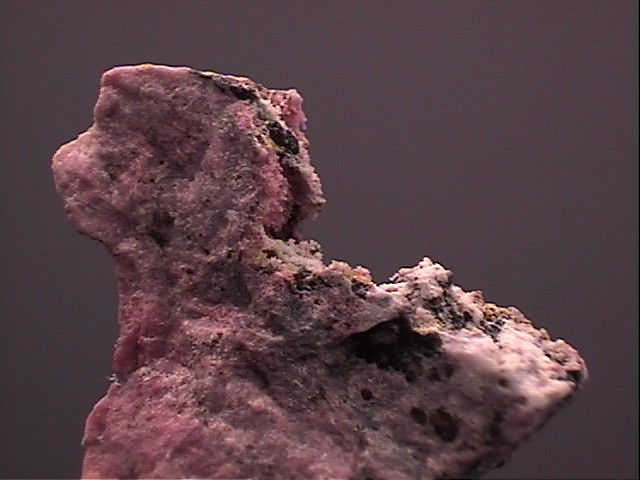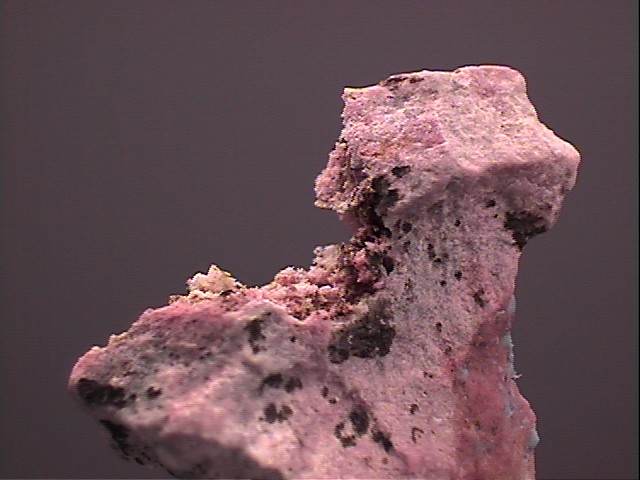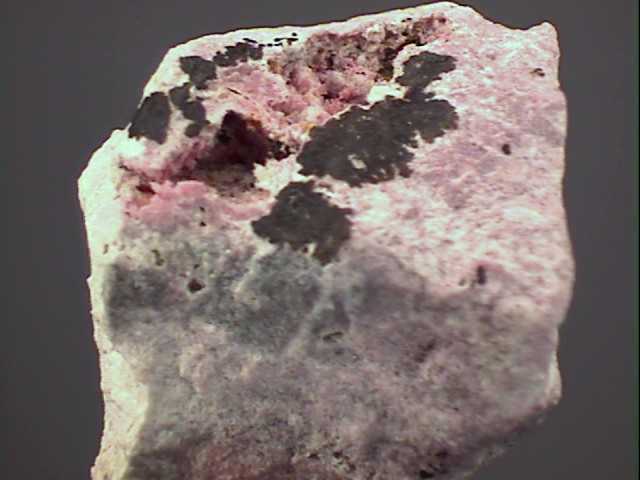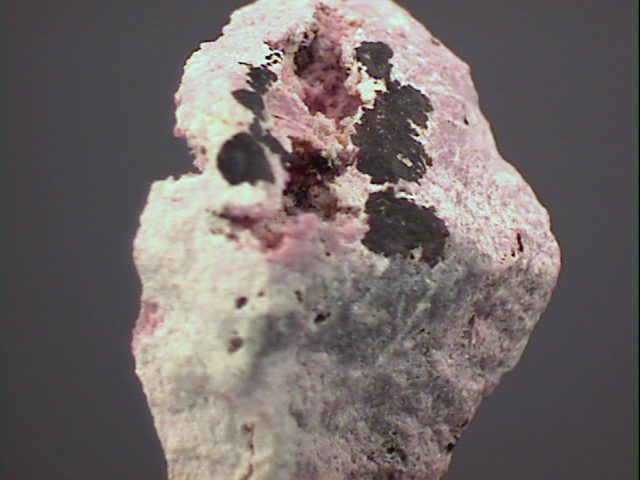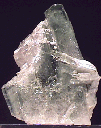 THE MINERAL ZOISITE
THE MINERAL ZOISITE
- Chemistry: Ca2Al3(SiO4)3(OH), Calcium Aluminum Silicate Hydroxide.
- Class: Silicates
- Subclass: Sorosilicates
- Group: Epidote
- Uses: mineral specimens, ornamental stone and gemstone.
Specimens
Zoisite has been known for nearly two centuries as as a sometimes ornamental stone of limited distribution. Only in 1967 was the blue gemstone variety found in Tanzania. The variety was named Tanzanite and was a surprise to minerologists and gemologists alike in that it had come from a very ungemstone-like mineral. The blue-lavender color of tanzanite is unique and sets it apart from the other gemstones.
Besides tanzanite, zoisite has produced other attractive specimens that are of interest to collectors. A pink variety called thulite is usually massive and used for beads and cabochons. A brilliant green variety is associated with medium grade rubies and is quite popular as an ornamental stone. The red rubies are often distorted and irregularly spread throughout the sea of massive green zoisite. It is one of the most colorful of ornamental stones and competes well with the popular pink tourmaline and lavender lepidolite of California.
PHYSICAL CHARACTERISTICS:
- Color is variable but well known as green, blue to violet and pink to reddish in color, Also grey, white or brown.
- Luster is vitreous.
- Transparency crystals are transparent to translucent.
- Crystal System orthorhombic; 2/m 2/m 2/m
- Crystal Habits include long, somewhat prismatic or tabular crystals with a typically dominant pinacoid that the crystal is often flattened against. The terminations are usually poorly developed. Also massive or granular.
- Cleavage good in one direction lengthwise.
- Fracture is uneven to conchoidal.
- Hardness is 6 - 7
- Specific Gravity is approximately 3.3
- Streak is white.
- Other Characteristics: striated crystals common, lengthwise. Also strongly pleochroic with an index of refraction of 1.68 - 1.72.
- Associated Minerals include calcite, biotite, hornblende, quartz, corundum, andradite garnets and other metamorphic minerals.
- Notable Occurances include Tanga, Tanzania; Ducktown, Tennessee, USA; Switzerland, India and Austria.
- Best Field Indicators only one direction of cleavage, associations, color, pleochroism and hardness.

